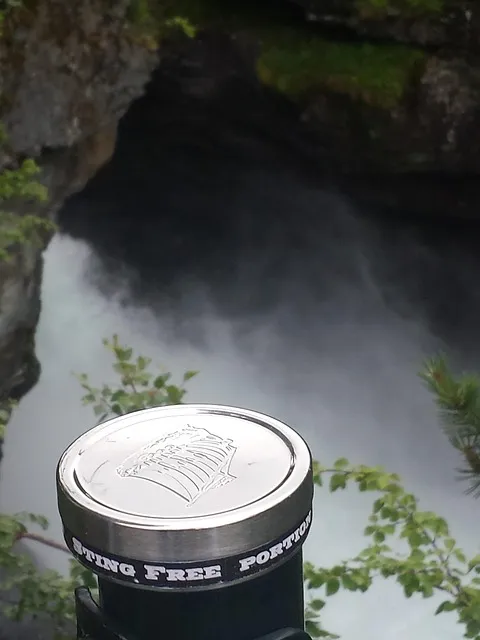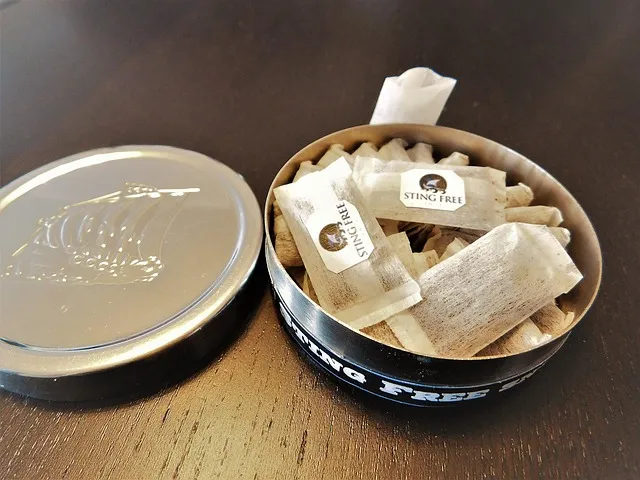What happens when language stretches, bends, and sometimes, even invents? We often encounter words that carry rich histories, evoke specific images, or, in some cases, simply…don’t exist. Let’s take a look at the curious case of “snuff” and the entirely fabricated word “snuns,” and what they tell us about language itself.
A Pinch of History, Snuff
Snuff, in its most common understanding, refers to finely ground or pulverized tobacco leaves. But this isn’t just any tobacco; it’s a preparation designed to be inhaled or “snuffed” into the nasal cavity. Why would anyone do that, you might ask? Well, for centuries, snuff held a prominent place in social and cultural life across the globe.
Its origins can be traced back to the indigenous peoples of the Americas, who used tobacco in various ceremonial and medicinal ways. When Europeans “discovered” the Americas, they also “discovered” tobacco, and snuff quickly gained popularity among the aristocracy. Think powdered wigs, elaborate snuffboxes, and polite society gatherings punctuated by the rhythmic tapping of snuffboxes. It was a symbol of status, sophistication, and, perhaps, a certain rebellious spirit.
How exactly is snuff made? The process typically involves curing, fermenting, grinding, and scenting the tobacco leaves. Different blends and flavors emerged, from floral notes to spicy aromas, catering to diverse preferences. While its popularity has waned in recent decades, snuff still retains a niche following, with enthusiasts appreciating its unique flavor profiles and historical significance.
Is it just a historical relic? Not entirely. Though less prevalent than cigarettes or other forms of tobacco, snuff remains available for purchase, and some argue it offers a different, perhaps less harmful, alternative to smoking. The debate surrounding its health effects continues, with some claiming it’s less detrimental to the lungs, while others emphasize the risks associated with nicotine absorption and potential links to certain cancers.
The Phantom Word, Snuns
Now, let’s turn our attention to something far more peculiar, “snuns.” Have you ever encountered this word in your reading or conversation? Probably not. That’s because, as far as established dictionaries and linguistic records are concerned, “snuns” is a non-word. It doesn’t exist in any recognized form of the English language.
So, why bring it up? Because the existence of a word like “snuns,” or rather, the lack thereof, highlights the arbitrary nature of language. Words aren’t born fully formed; they evolve, mutate, and sometimes, simply vanish from usage. “Snuns” could be a typo, a misspelling, a neologism that failed to catch on, or even a deliberate creation with no intended meaning.
What if we tried to imagine a meaning for “snuns”? That’s where the fun begins. We could speculate that it’s a derivative of “snuff,” perhaps referring to a specific type of snuff, a particular method of preparing it, or even a related object, like a miniature snuff spoon. Or maybe it has nothing to do with snuff at all. Perhaps it’s a playful term for a small, insignificant object, a sound effect, or even a nonsense word used in children’s games.
The ambiguity is precisely the point. The absence of a defined meaning allows for endless possibilities. It invites us to consider how words acquire meaning in the first place. Is it through common usage, formal definition, or some combination of both?
“Snuns” is a linguistic blank slate, a reminder that language is a constantly evolving system, shaped by human interaction, cultural context, and sheer chance. While “snuff” carries a rich history and a tangible presence, “snuns” remains a phantom, a ghost in the linguistic machine, prompting us to question the boundaries of language and the power of words to create, define, and even… not exist.


